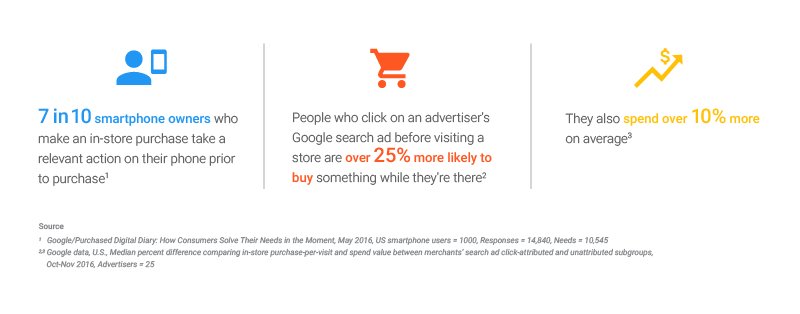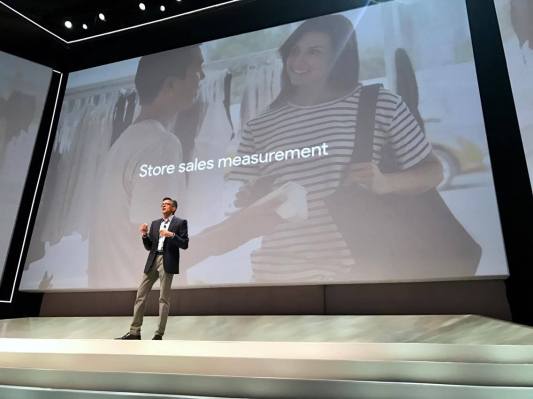Google is announcing a major update to its store visits measurement tool today at its Google Marketing Next conference. Google has used anonymized location and contextual data since 2014 to estimate brick and mortar store visits spurred by online ads. The company is augmenting its existing models with deep learning to bring insights to even more customers.
Omnichannel marketing is as big of a buzzword as they come. As obnoxious as the term is, the problem it underscores is a serious one for marketers. How does anyone combine data from old world physical retail stores with data from online shopping in a way that actually informs business decisions?
Google has gotten fairly good at using wifi signal, location, mapping and calibration data to estimate store visits, but the company still struggles to deliver insights to customers that operate in dense cities and multi-story malls. Long tail use cases like these elude traditional estimation techniques.

To address the unreliability, Google is turning to deep learning. Its hope is that it can restore accuracy by funneling a greater amount of diverse training data into a deep learning model to account for more use cases.
“We do this with machine learning at the core,” said Jerry Dischler, VP of product management for AdWords in an interview. “We couldn’t measure store visits without ML.”
In just three years, Google says it has measured five billion store visits. In an effort to boost this number even higher, the company is expanding its compatible campaigns to include YouTube TrueView. This is a logical next step in a world that is increasingly driven by video.
In addition to adding YouTube support, Google is also announcing to marketers that it plans to push store sales management onto the device and campaign level. Integrating point of sale data into Adwords will further help to differentiate a visit from a conversion.
